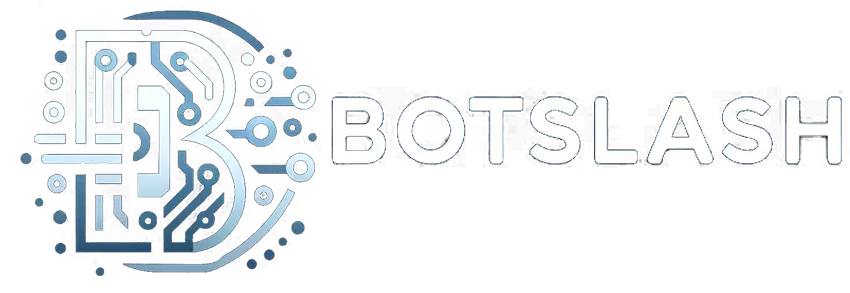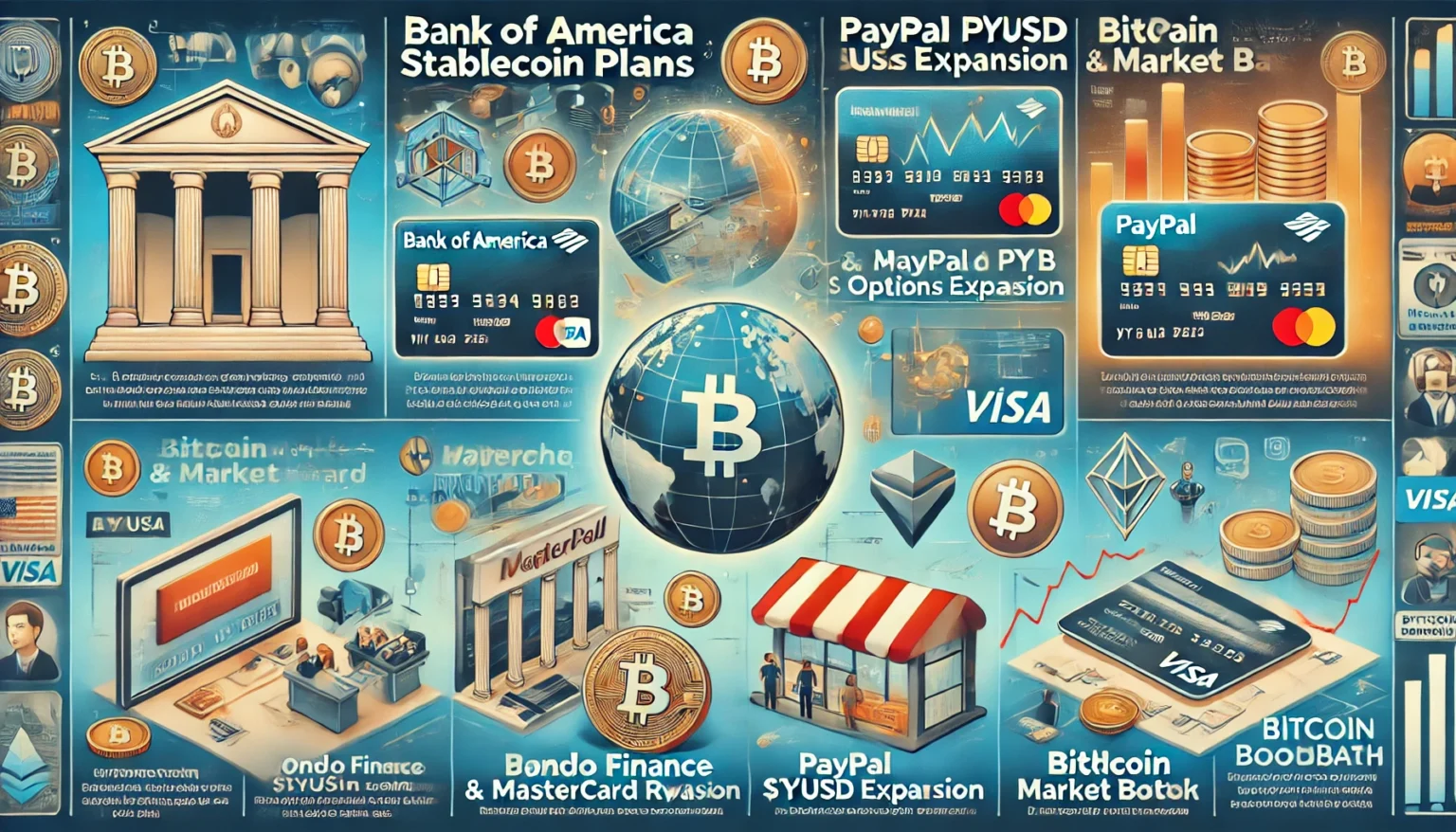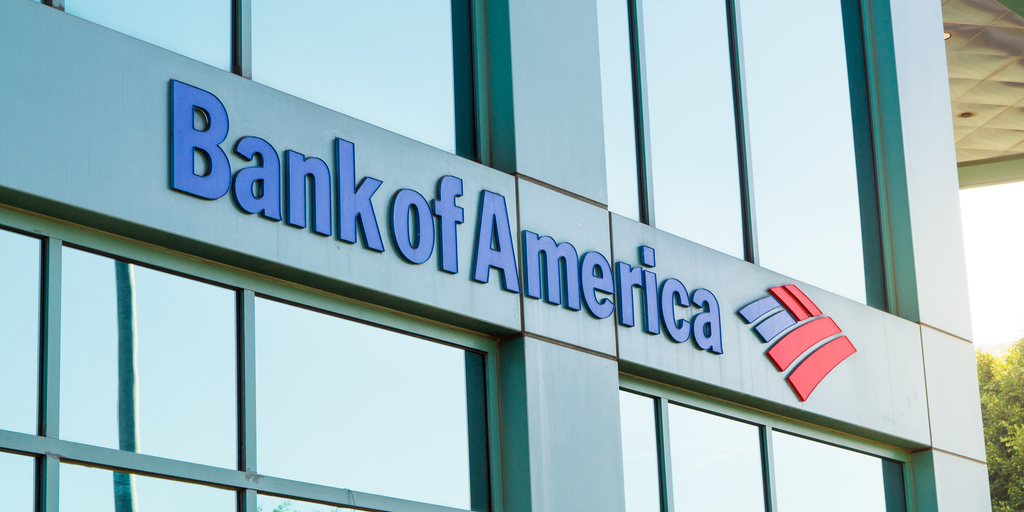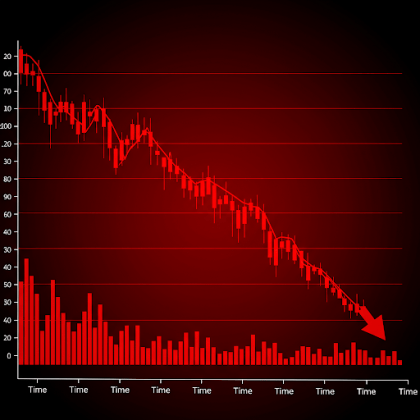As financial giants continue integrating blockchain into their operations, Bank of America is exploring the possibility of launching a stablecoin, pending regulatory clarity. Meanwhile, Ondo Finance is set to bring real-world assets (RWAs) to the Mastercard network, reinforcing the growing institutional interest in asset tokenization. PayPal has set a bold target of onboarding 20 million merchants to accept PYUSD by 2025, a move that could redefine stablecoin adoption in mainstream commerce. In another push for mass adoption, Avalanche has introduced a Visa card, allowing AVAX holders to spend their tokens seamlessly. On the Bitcoin front, a $5 billion options expiry could impact BTC prices, while analysts suggest the recent Bitcoin “bloodbath” may have marked the market bottom. These developments reflect the increasing convergence of traditional finance and crypto, signaling major shifts in adoption and market sentiment.
Bank of America CEO Hints at Stablecoin Launch, Pending Regulatory Clarity
Bank of America CEO Brian Moynihan has indicated the bank’s willingness to explore stablecoin issuance, provided that regulatory clarity is achieved. This statement marks a potential shift in how major U.S. financial institutions approach blockchain-based payment solutions. Unlike JPMorgan, which launched its own digital token (JPM Coin) for internal settlements, Bank of America has been cautious about direct crypto involvement. However, with growing demand for stablecoins in global transactions, a trusted banking giant entering the space could significantly impact adoption.
Regulatory uncertainty remains the primary obstacle. The U.S. government has been divided over stablecoin regulation, with proposals ranging from Federal Reserve oversight to state-level frameworks. If Bank of America proceeds with a stablecoin, it would require strict compliance with anti-money laundering (AML) and know-your-customer (KYC) regulations. This could set a precedent for other financial institutions looking to enter the space, pushing for clearer rules that balance innovation with consumer protection.
A stablecoin issued by Bank of America would compete directly with PayPal’s PYUSD and Circle’s USDC, potentially giving traditional banks an edge in the rapidly expanding digital payments industry. While execution depends on regulatory approvals, this development highlights the increasing convergence of traditional banking and blockchain-based finance. If greenlit, Bank of America’s stablecoin could drive wider adoption of digital assets among mainstream financial institutions.
Market Impact:
- Positive: If Bank of America launches a stablecoin, it could boost institutional adoption and regulatory clarity.
- Neutral to Negative: Delay due to regulatory hurdles could slow down stablecoin innovation in the U.S.
Ondo Finance to Bring RWAs to Mastercard Network
Ondo Finance has announced a strategic partnership with Mastercard to integrate real-world assets (RWAs) into its network. This move is part of a broader trend where financial institutions are embracing tokenization to improve efficiency, liquidity, and accessibility of traditional assets. RWAs, which include tokenized U.S. Treasuries, bonds, and other financial instruments, have been gaining traction as institutions seek blockchain-based alternatives to legacy financial systems.
By leveraging Mastercard’s global payments infrastructure, Ondo Finance can offer institutional and retail investors access to tokenized yield-bearing assets. This is significant because Mastercard’s vast reach could provide legitimacy and scale to the RWA sector, making it easier for businesses and individuals to access these assets. The move follows similar initiatives by BlackRock and JPMorgan, both of which are experimenting with blockchain-based financial instruments.
The integration of RWAs into a mainstream payments network like Mastercard could lead to increased demand for tokenized assets, providing better liquidity and lower transaction costs. However, regulatory uncertainty and compliance requirements remain challenges for full-scale implementation. If successful, this could set a precedent for other payment processors to explore blockchain-based asset management.
Market Impact:
- Positive: Strengthens the case for tokenized RWAs, increasing institutional adoption.
- Neutral: Regulatory uncertainty could limit immediate large-scale deployment.
PayPal Targets 20 Million Merchants for PYUSD Adoption by 2025
PayPal has outlined an ambitious goal of onboarding 20 million merchants to accept PYUSD, its stablecoin, by the end of 2025. Since launching in mid-2023, PYUSD has seen steady growth but faces competition from USDT and USDC, which dominate the stablecoin market. PayPal’s strategy hinges on leveraging its existing merchant network to make PYUSD a mainstream payment method.
The company is promoting stablecoins as a superior alternative to traditional fiat transactions, offering lower fees and instant settlements. PayPal’s vast network could significantly boost stablecoin adoption if merchants and consumers embrace PYUSD as a viable payment option. However, the challenge remains in convincing businesses to integrate and actively promote crypto payments. Many merchants still perceive stablecoins as niche financial tools rather than essential components of digital commerce.
If successful, this initiative could pave the way for stablecoins to be widely used in e-commerce, remittances, and business-to-business payments. However, regulatory scrutiny, particularly in the U.S., could impact adoption rates. The next two years will be crucial in determining whether PayPal’s vision for PYUSD materializes.
Market Impact:
- Positive: Increased adoption of PYUSD could drive stablecoin transactions in mainstream commerce.
- Neutral to Negative: Regulatory roadblocks could slow PayPal’s expansion plans.
Avalanche Visa Card Launches to Drive Crypto Mass Adoption
Avalanche has introduced a Visa card to facilitate crypto payments, allowing users to spend AVAX tokens like traditional fiat currency. This move aligns with the broader push to integrate cryptocurrencies into mainstream financial systems. The Avalanche Visa card offers a seamless user experience, making it easier for individuals to transact with digital assets without needing complex wallet interactions.
Visa has been expanding its crypto offerings, partnering with multiple blockchain projects to enable crypto-to-fiat transactions. By supporting Avalanche, Visa is further solidifying its role in the digital payments revolution. Unlike previous crypto debit cards, which often faced issues with usability and merchant adoption, Avalanche’s integration focuses on creating a frictionless experience for everyday transactions.
However, widespread adoption of crypto payments remains an ongoing challenge. While the Avalanche Visa card could attract early adopters, its success depends on merchant acceptance and user demand. Nonetheless, this launch represents another step toward making cryptocurrencies a practical alternative to traditional banking systems.
Market Impact:
- Positive: Enhances the usability of AVAX, potentially increasing adoption.
- Neutral: Merchant adoption remains uncertain, affecting overall impact.
Bitcoin’s $5 Billion Options Expiry Could Signal Higher Prices
A massive $5 billion Bitcoin options expiry is approaching, sparking speculation about potential price movements. The “max pain” theory suggests that Bitcoin could see upward pressure as options traders seek to minimize losses. Historically, large expiries have resulted in increased volatility, with price movements favoring the direction that causes the most financial pain for traders.
Bitcoin’s price is currently hovering near critical resistance levels, and traders are closely watching how this expiration event plays out. If Bitcoin surges past key resistance points, it could trigger a wave of liquidations and short squeezes, driving prices even higher. However, if bearish sentiment prevails, a downward move could also be on the table.
Beyond options expiry, other factors like institutional demand and macroeconomic trends will play a role in determining Bitcoin’s price trajectory. The upcoming Bitcoin halving in 2024 is another potential catalyst that could influence long-term market dynamics.
Market Impact:
- Positive: Increased volatility could push Bitcoin higher if bullish sentiment dominates.
- Neutral: Uncertainty remains, and the impact of the expiry depends on market positioning.
Bitcoin ‘Bloodbath’ May Have Marked the Bottom, Analyst Suggests
A recent Bitcoin sell-off caused widespread panic, but some analysts believe it may have marked the market bottom. The sharp price decline liquidated overleveraged traders, a pattern that often precedes price recoveries. Historically, Bitcoin has rebounded strongly after major corrections, especially when institutional accumulation follows.
On-chain data indicates significant buying activity at lower price levels, suggesting that large investors view the recent drop as an opportunity rather than a long-term trend reversal. This aligns with previous market cycles, where Bitcoin experiences sharp corrections before resuming an uptrend.
With macroeconomic factors such as inflation concerns and regulatory developments influencing sentiment, Bitcoin’s ability to reclaim key support levels will be critical. If the market stabilizes, this downturn could be seen as a healthy reset before the next bullish phase.
Market Impact:
- Positive: Potential market recovery if institutional buying continues.
- Neutral to Negative: If selling pressure remains strong, further declines could occur.
🔹 Key Takeaways :
✅ Bank of America Stablecoin Plans: CEO hints at stablecoin issuance, dependent on regulatory approval. If successful, it could challenge existing stablecoins and accelerate institutional adoption.
✅ Ondo Finance & Mastercard Partnership: RWAs (real-world assets) will be integrated into Mastercard’s payment network, enabling broader access to tokenized treasuries and bonds.
✅ PayPal’s PYUSD Expansion: Aims to bring 20 million merchants into the stablecoin ecosystem by 2025, potentially mainstreaming crypto payments.
✅ Avalanche Visa Card Launch: The new crypto card enhances AVAX utility, offering seamless real-world spending, but its adoption will depend on merchant acceptance.
✅ Bitcoin’s $5B Options Expiry: Could drive short-term BTC volatility, with bullish pressure likely if historical trends hold.
✅ Bitcoin Bloodbath and Market Bottom: Analysts suggest the recent sell-off may have reset the market, potentially leading to a price rebound.








